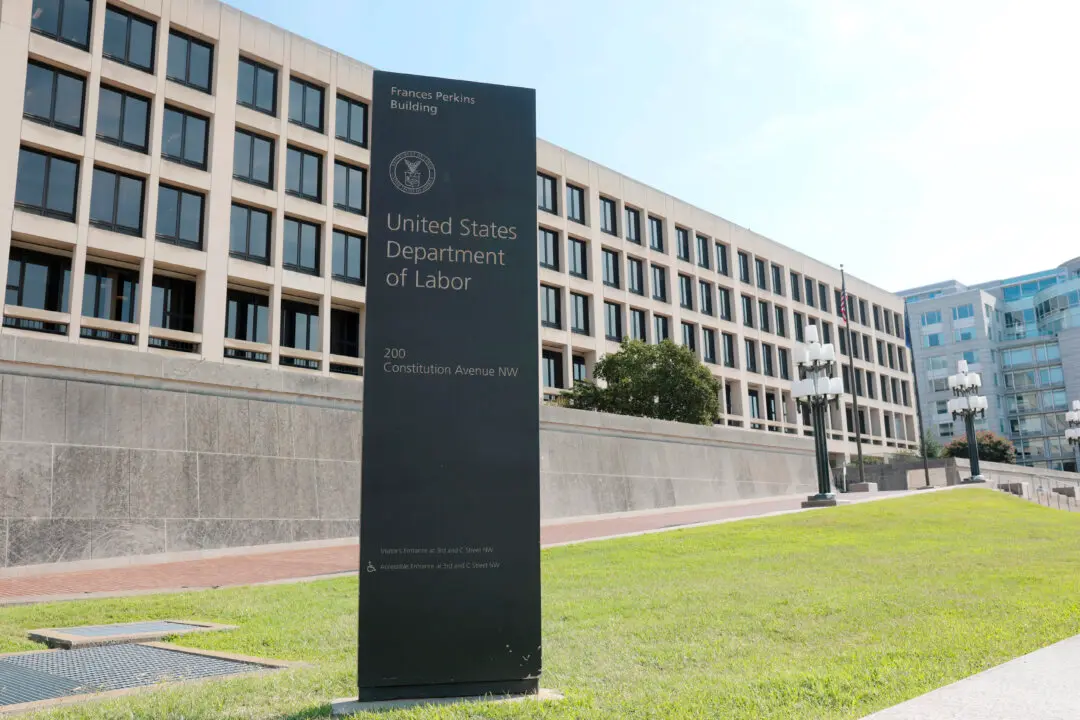Commentary
Four months ago, Brownstone Institute commissioned a study from two astute economists (E.J. Antoni and Peter St Onge) that sought answers to two pressing questions. First, what is a more accurate read on the rate of inflation over four years, the official number from the Bureau of Labor Statistics (BLS), or one that includes all that the BLS excludes and corrects for rampant misreporting? Second, what happens when you adjust output (GDP) against that new number?





